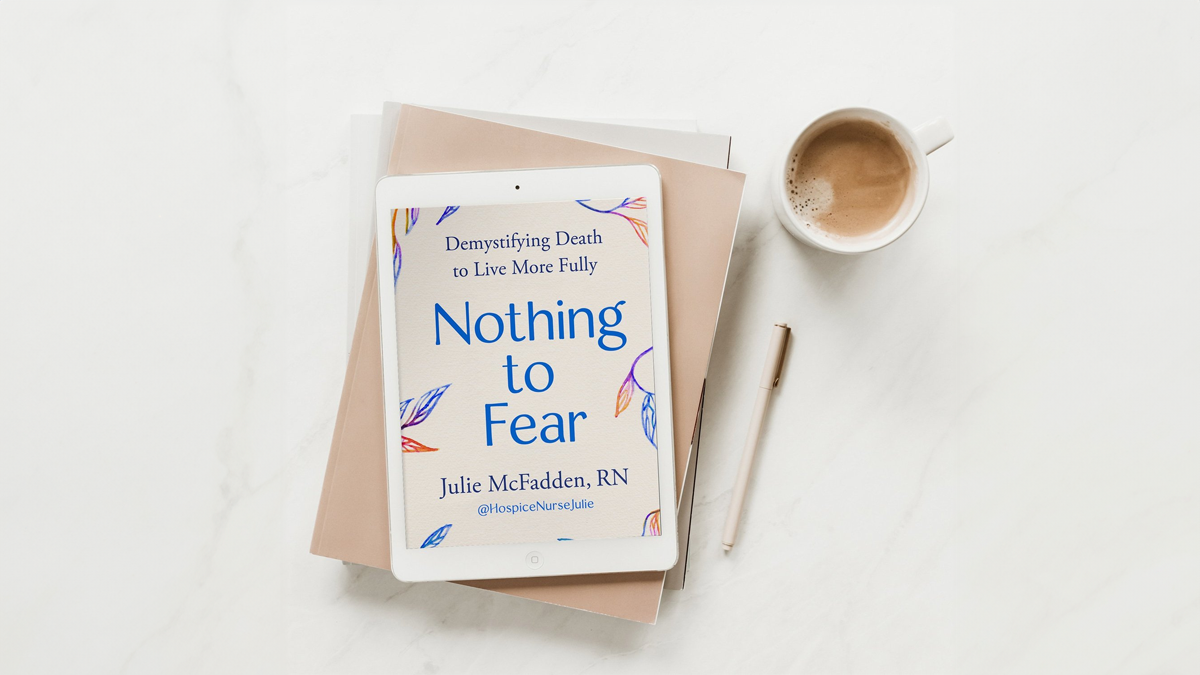Should We Give Up on Mother’s Day?
I’ve always been fond of Mother’s Day. During my childhood the holiday was all about champagne cake, frisbee and family picnics among cherry blossoms. These days it’s about raucous family brunches centered around the silkiest varieties of smoked fish. Yes, we give our mothers and mothers-in-law and wives presents and cards and express our appreciation to them, but the day is less about putting mom on a pedestal for 24 hours—or genuflecting to her while she munches pancakes in bed—and more about enjoying a day of elevated, intergenerational family time.
So as I was thumbing through my Facebook “news” feed on Saturday night, I found this post from the mother of three boys a little jarring:

For what it’s worth, the century-old origins of Mother’s Day have little to do with any of this, or with the nearly $20 billion Americans will spend celebrating it today. The holiday has its roots in the activism of a West Virginia woman named Ann Jarvis, who pushed for measures to decrease infant mortality and promote peace:
Moved by the 1905 death of her own mother, Anna Jarvis, who never had children of her own, was the driving force behind the first Mother’s Day observances in 1908.
On May 10 of that year, families gathered at events in Jarvis’s hometown of Grafton, West Virginia—at a church now renamed the International Mother’s Day Shrine—as well as in Philadelphia, where Jarvis lived at the time, and in several other cities.
Largely through Jarvis’s efforts, Mother’s Day came to be observed in a growing number of cities and states until U.S. President Woodrow Wilson officially set aside the second Sunday in May in 1914 for the holiday.
After Mother’s Day was co-opted by commercial interests, Jarvis battled to abolish it:
She wanted Mother’s Day “to be a day of sentiment, not profit.” Beginning around 1920, she urged people to stop buying flowers and other gifts for their mothers, and she turned against her former commercial supporters. She referred to the florists, greeting card manufacturers and the confectionery industry as “charlatans, bandits, pirates, racketeers, kidnappers and termites that would undermine with their greed one of the finest, noblest and truest movements and celebrations.”
The commercialization of the holiday rankles a lot of people, and yes, Hallmark capitalizes on our laziness and lack of creativity: I wonder why kids make the hand-crafted cards with cut-out hearts, while adults shell out five bucks for packaged, factory-generated syrup. But this is a symptom of capitalism and American shiftlessness, not the fault of Mother’s Day itself. Still, there are other complaints about the holiday. Here is one from another friend who commented on the status update quoted above:
my mother always liked to say EVERY day is mother’s day. and father’s day. and children’s day. it was one of the things she never “got” about america. it just seemed like an easy way out: send a card, give some flowers, and forget about it for the rest of the year.
Now, if these holidays truly served as an “easy way out” of showing love and respect for particular family members on the other 364 days of the year, they would be irredeemably awful occasions. Likewise if Mother’s Day represented the only 24 hours during the year when mom is “taken care of” by everybody else, with ingratitude and exploitation returning on May 13. And this annual holiday would be a pernicious contribution to sexism if it celebrated the mother’s role as fundamentally distinct from that of the father and limited to cooking, cleaning, diapering and soccer-game shuttling. But the days of the monolithic housewife norm are over, even if housewives still exist. Mother’s Day need not be a celebration of 1950s stereotypes to serve as a moment to recognize moms for all they do—or to give families an excuse to plan a festive spring day in the park.
Image credit: Shutterstock.com





